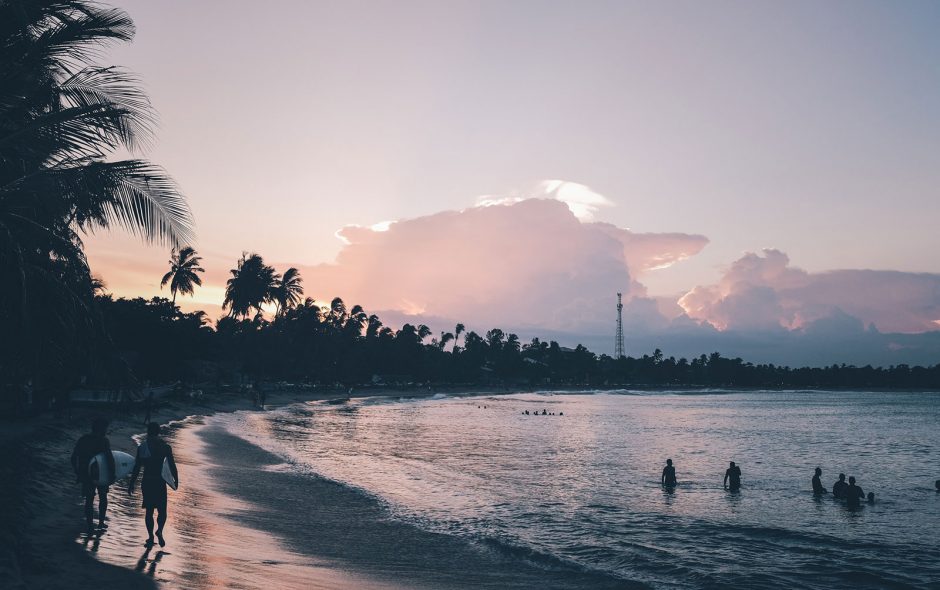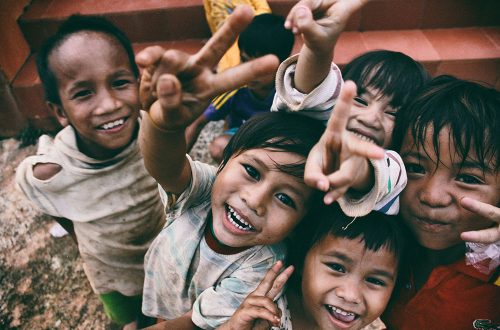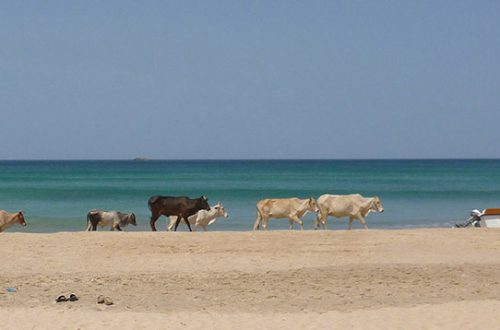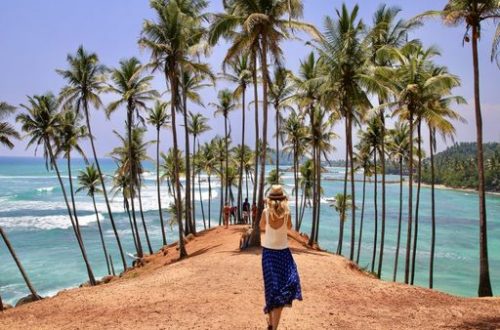
If the Cultural Triangle remains a safe bet all year long, the south-west of Sri Lanka is affected by daily rain in May-June. It can potentially hinder certain outdoor activities but can refresh in case of high temperatures. Contrary to popular opinions, Sri Lanka is an island which can be visited all year long. The most important fact is to adapt your route and target other regions, still as charming as the others, like the north or the east of Sri Lanka.
The northern region
The northern region of Sri Lanka is still little visited by tourists. The region has only been opened to tourism a few years back, but it does not mean it is less interesting. Starting with the two most important peninsulas of the country: Jaffna and Mannar, both well known for being more historical and cultural. Due to the Hindu Tamil and Christian influences, a unique atmosphere emerges from this region.

Jaffna offers an immersion in the Hindu Tamil culture, thanks to its many colourful temples such as the “Nallur Kandaswamy Kovil” where one can attend the ceremony called “Puja” to better understand the Hindu rituals (from 4.00/5.00 pm).
You can find other colonial buildings such as the “Clock Tower” or the ruins of the Dutch-Portuguese fort. Regarding the market of Jaffna, it offers an experience close to the locals. If you want to discover the surroundings, you can visit the beaches of the second city of the region, Point Pédro or explore the islands around like Nainativu or Delph. The latter island will show you dried lands, inhabited by wild animals such as cows and horses, which are quite different from the usual green landscapes. You will also have the opportunity to see an old baobab and the ruins of a fort built with corrals.

As for Mannar, it has cultural sites like a fort and offers unprecedented hikes through dense vegetation. For the most curious about Hindu myths, it was at Mannar that Ramayan’s wife was kidnapped by the Demon King and then saved by the monkey god Hanuman.
To sum up, visiting the north of the island is about immersing yourself in the history and culture of Sri Lanka, both Hindu and Christian.
The east coast
The classic routes tend to direct visitors to the southern-western beaches, but the east coast ones are also worth visiting. In addition to its wild beaches, the east gathers many activities to please everyone. A smaller influx of tourists to explore the lands and rice fields for off-the-beaten-track visits.

For more cultural visits, you can walk around Trincomalee to discover the Fort Frederik or temples such as Kandasamy Kovil or Kali Kovil that plunge you back into Hindu culture. Prayers are held three times a day (9.00/11.00 am/4.30 pm).

For a local experience, you can call one of our service providers which organise excursions in the areaor you can also rest in many Passidukah’s resorts.
Finally, if you want to do more sports, the east coast offers a variety of watersports. Starting with a snorkeling session in Pigeon Island to observe the island’s last corals. If you want to try surfing, the beaches of Arugam Bay are accessible to beginners. Finally, in the lands, you have the opportunity to observe elephants on a safari in the Kumana’s reserve.
The perks of the low season
Without the touristic influx of the peak season, there are other advantages, especially for accommodations. They can lower their prices by 50% or more in May-June. Travellers can then enjoy a more luxurious hotel at very attractive prices.
The festivals

Thanks to its many religions, Sri Lanka is indeed a festive country. Visiting between May-June, you will have the opportunity to attend three great festivities such as the Sinhalese and Tamil New Year, Vesak Poya and Poson Poya. Vesak Poya is one of the most important festivals because it commemorates the three major stages of Lord Buddha’s life: his birth, supreme enlightenment and then his death. As for the Poson Poya festival, it celebrates the arrival of Buddhism in Sri Lanka. These three festivals will animate the cities and streets with performances, lanterns and other decorations. As you walk the streets, you will surely see rituals and be offered drinks or sweets.
If our article convinced you to travel in low season, you should know that our local travel agency based in Colombo offers tailor-made tours. If you would like to visit Sri Lanka, we invite you to check our selection of tours, for cultural immersions in the north also passing through the Cultural Triangle or other routes that mainly target the beaches of the east coast.




